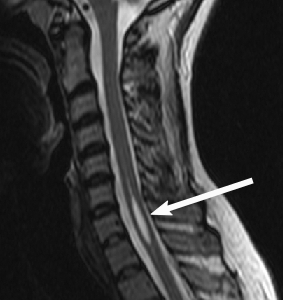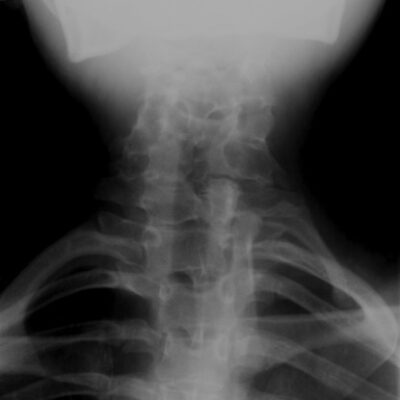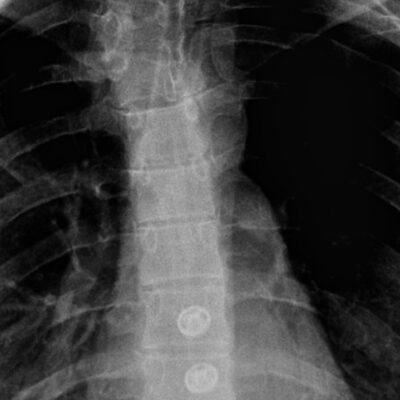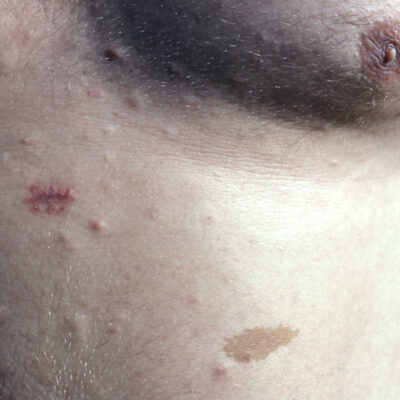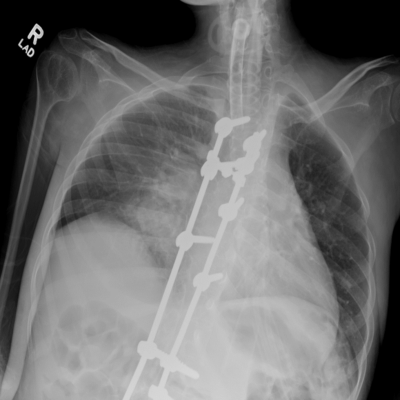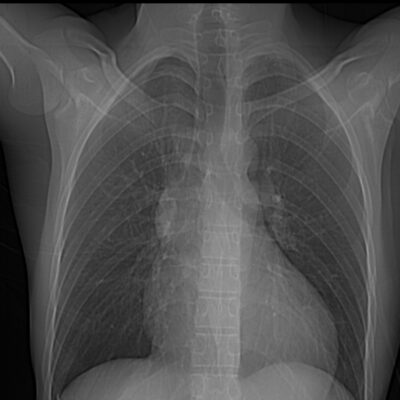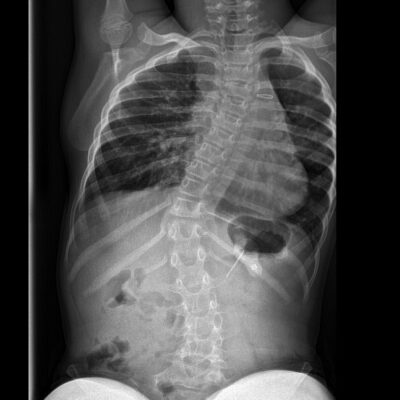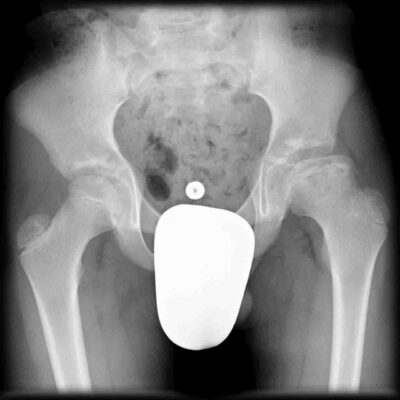Common causes of scoliosis
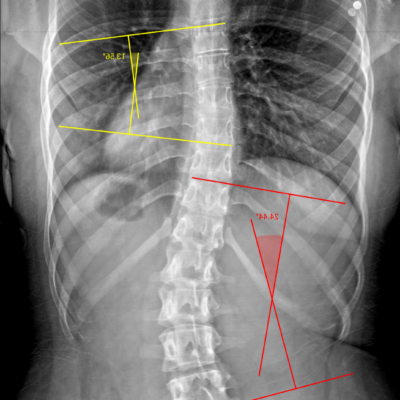
Adolescent Idiopathic Scoliosis
Adolescent idiopathic scoliosis (AIS) is by far the most common scoliosis. It accounts for 80%+ of scoliosis cases.
The word idiopathic literally means unknown. It is a condition that emerges during the adolescent growth spurt, leading to an abnormal sideways curvature of the spine, affecting more girls than boys, around 4 to 1.
While the exact cause remains elusive, genetic and hereditary factors are believed to play a significant role. AIS can range from mild to severe, affecting physical appearance and, in severe cases, impacting respiratory function.
Early detection allows for proactive therapy including specific exercises, bracing. Severe AIS may require surgical intervention.
Congenital Conditions
Chiari malformations
There are different types of Chiari malformations, which are structural malformations or defect in the brainstem and spinal cord.
While scoliosis may be one of the manifestations of Chiari malformations, symptoms may include sensory loss or weakness, bladder or bowel dysfunctions, problems with balance and coordination, or cognitive impairment. Parents usually notice one or some of these symptoms, and investigations lead to eventual diagnosis.
Klippel-Feil Syndrome
Klippel-Feil syndrome is a rare congenital disorder characterised by the fusion of two or more cervical (neck) vertebrae. This fusion limits neck movement and can be associated with other abnormalities.
Treatment focuses on addressing associated symptoms and, in some cases, surgical intervention to improve spinal stability.
Congenital Hemivertebrae or Vertebral Fusion
Congenital hemivertebrae and vertebral fusion are anomalies in the formation of the spine during fetal development. Hemivertebrae involve the incomplete formation of a vertebra, while fusion results from the joining of two or more vertebrae.
Treatment varies based on the severity and impact on spinal stability, ranging from observation to surgical correction.
Genetic Conditions
Neurofibromatosis
Neurofibromatosis, or more correctly neurofibromatoses (plural) are now recognised as a number of clinically and genetically distinct inherited conditions that carry a high risk of tumour formation, and are associated with scoliosis. These tumours particularly involve the central and peripheral nervous systems.
On physical examination, often characteristic "cafe au lait" (milk coffee) marks are found throughout the body, especially on the back.
Muscular Dystrophy
Muscular dystrophy comprises a group of genetic disorders characterised by progressive muscle weakness and degeneration. It is not clear scoliosis occurs as a result of the genetic influence or develops due to abnormal and asymmetrical muscular forces due to the condition.
While various types exist, they all share the common feature of compromised muscle function. Management focuses on symptom relief, mobility aids, and, in some cases, gene therapies aimed at slowing disease progression.
Marfan Syndrome
Marfan syndrome is a genetic disorder that affects the body’s connective tissues, leading to abnormalities in the heart, eyes, and skeleton, scoliosis being one of the manifestations.
People with Marfan syndrome are often tall and slender, with long limbs and flexible joints. Treatment involves managing symptoms and monitoring cardiovascular health to prevent complications.
Adaptive Scolioses
Cerebral Palsy
Cerebral palsy is a group of neurological disorders that affect movement and coordination. It often manifests in early childhood due to brain damage in utero or during birth.
Scoliosis occurs due to abnormal or asymmetrical forces. Management focuses on improving motor function, enhancing mobility, and providing support for daily activities through physical and occupational therapies. Early intervention is crucial for optimizing outcomes.
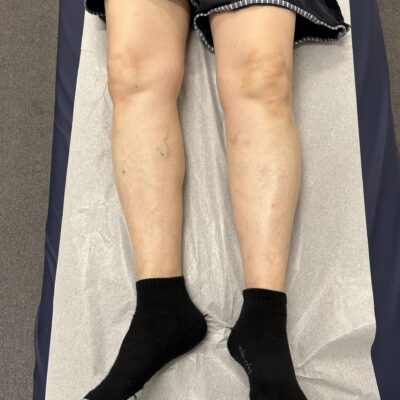
Leg length discrepancy
Leg length discrepancy refers to a significant difference (>1.5cm) in the lengths of the legs, which can affect gait and posture and evenutally lead to abnormal posture and scoliosis. Causes include congenital factors, growth plate injuries, or hip and knee joint problems.
Treatment options range from orthotic devices to surgical interventions, depending on the severity and underlying cause.
Perthes Disease
Perthes disease affects the hip joint in children, disrupting blood flow to the femoral head and leading to its gradual collapse.
This can result in pain, stiffness, and limited hip movement. Treatment involves managing symptoms, preserving hip function, and, in some cases, surgical interventions to correct deformities.
